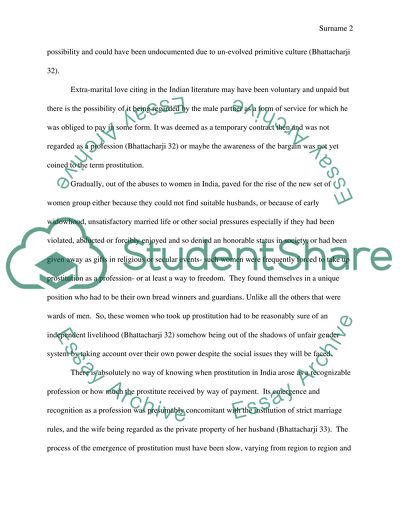Cite this document
(“Prostitution: Evolution, Dilemma and Cultural Differences Research Paper”, n.d.)
Prostitution: Evolution, Dilemma and Cultural Differences Research Paper. Retrieved from https://studentshare.org/history/1445481-prostitution-sex-industry-overtime-and-its
Prostitution: Evolution, Dilemma and Cultural Differences Research Paper. Retrieved from https://studentshare.org/history/1445481-prostitution-sex-industry-overtime-and-its
(Prostitution: Evolution, Dilemma and Cultural Differences Research Paper)
Prostitution: Evolution, Dilemma and Cultural Differences Research Paper. https://studentshare.org/history/1445481-prostitution-sex-industry-overtime-and-its.
Prostitution: Evolution, Dilemma and Cultural Differences Research Paper. https://studentshare.org/history/1445481-prostitution-sex-industry-overtime-and-its.
“Prostitution: Evolution, Dilemma and Cultural Differences Research Paper”, n.d. https://studentshare.org/history/1445481-prostitution-sex-industry-overtime-and-its.


